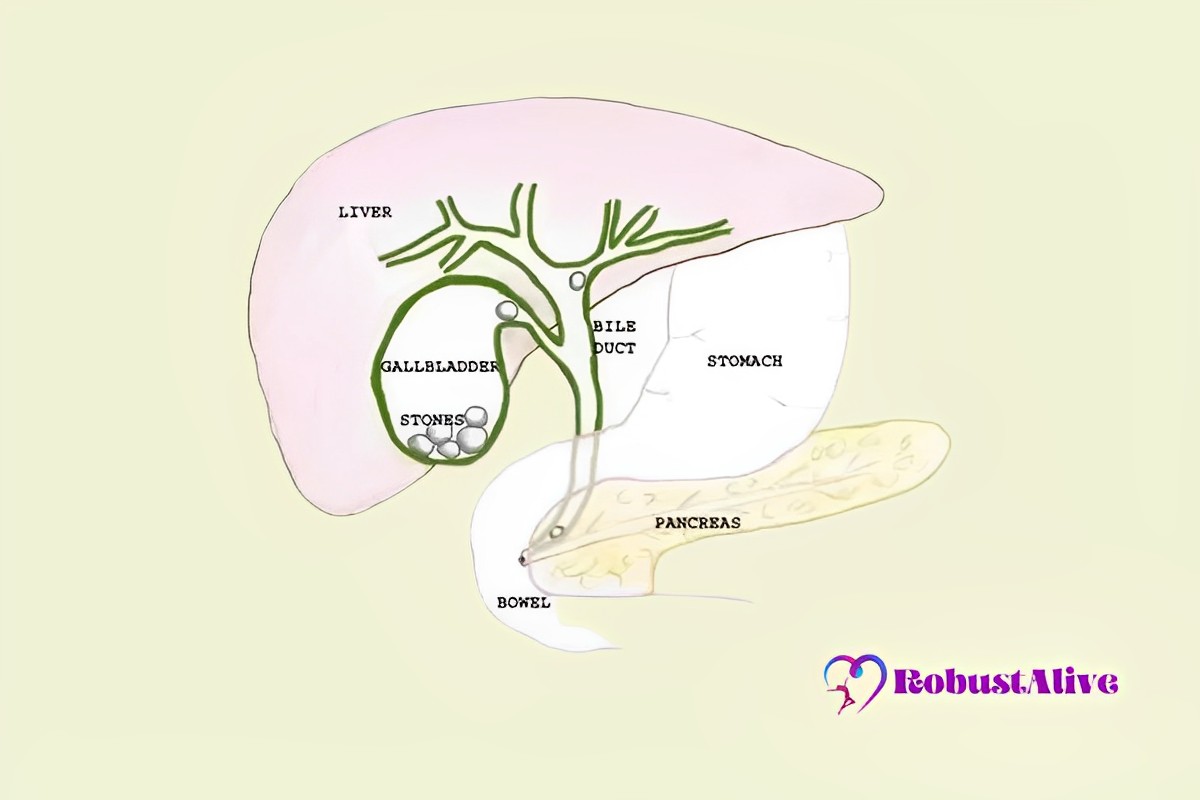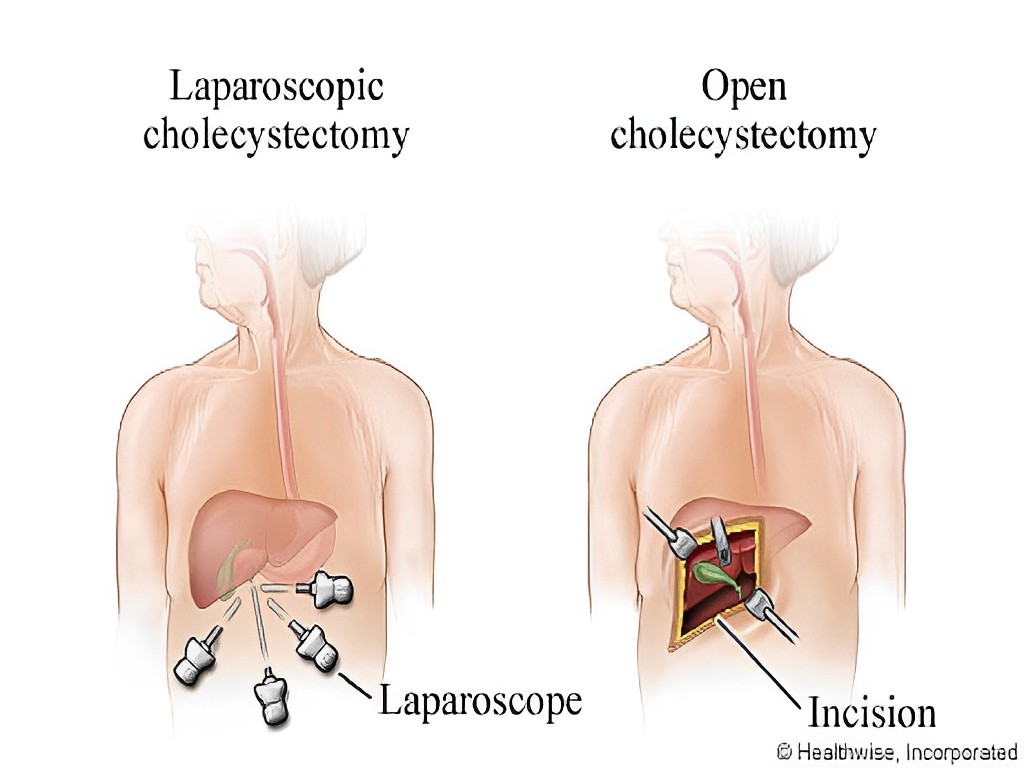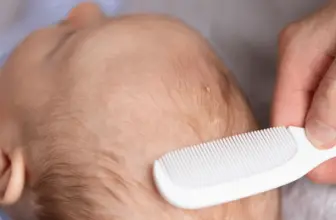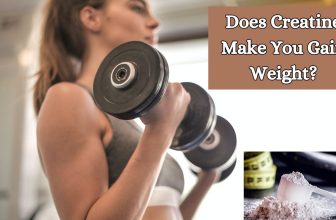Regeneration Facts: Can the Gallbladder Grow Back?

Gallbladder is a small organ that plays a part in the human digestive system. It is also known as cholecyst, located on the upper right side of the abdomen. However, the removal helps alleviate conditions like cancer, gallstones, and inflammation.
But can the gallbladder grow back?
Unfortunately, like other human organs, there is no chance of gallbladder regeneration. The good news is the body can adapt to its absence. The patient must change their diet and lifestyle to fill up the lack of this organ.
In this article, we will explore the existing knowledge regarding gallbladder regeneration and the factors influencing this process. Additionally, we will discuss the removal of this organ and the consequences, including diet and lifestyle.
So, let us embark on this journey to uncover the truth of regeneration.
Can The Gallbladder Grow Back?
You may ask, “Can my gallbladder grow back once removed?” Let me tell you,
Have you ever seen any missing human organs regrowing? No, right? Just like that, it’s impossible to regrow once the gallbladder is out.
The gallbladder means cholecyst, is a vital organ but not a mandatory part of the digestive system. The liver generally produces a substance called bile which digests fat. Here, cholecyst stores bile. When the food exits, it squeezes bile. And the bile helps digest fat. Once it is removed, the liver starts to store bile in itself.
Reasons for Gallbladder Removal
According to a National Library of Medicine study, more than 1.2 million gallbladder removal is done yearly. But is gallbladder removal necessary? Some common reasons for this organ include:
- Gallstones regeneration: Gallstones form when the fluid bile contains less salt, too much cholesterol, and bilirubin. Gallstones block the tubes that carry bile ducts or bile. Even lead to life-threatening infections. You may risk having more gallstones if the gallbladder is not removed in time.
- Biliary colic: biliary colic is also known as symptomatic cholelithiasis. It occurs when a gallstone temporarily blocks the cystic duct
- Cholecystitis: it is the inflammation of the gallbladder. It even causes liver damage.
- Pancreatitis: Pancreatitis is swelling in your pancreas. It’s usually temporary but can also be a life-long condition. Abdominal pain is the most common symptom of pancreatitis. Alcohol use and gallstones are the most common causes of such problems.
- Gallbladder cancer: Gallbladder cancer is rare and mostly caught when it already spreads. Patients who are suffering from inflammation or gallstones are more at risk.
- Dysfunctional gallbladder: Dysfunctional gallbladder is named biliary dyskinesia. It affects gallbladder motility. It causes the move out of bile to bile ducts. And results in jaundice, Dark urine, lighter stools, or both. Moreover, fever, chills, nausea and vomiting, rapid heartbeat, and abrupt blood pressure drop with severe pain in the upper right abdomen.
Types of Gallbladder Removal Surgeries

Image Source: Myhealth.alberta.ca
There are two types of removal of gallbladder surgery.
- Open Cholecystectomy
- Laparoscopic Cholecystectomy
Here is a table showing the differences between laparoscopic cholecystectomy and open cholecystectomy:
| Criteria | Laparoscopic Cholecystectomy | Open Cholecystectomy |
| Incision Size | usually less than 1 inch) | incision (4-6 inches) |
| Surgery Time | A short period of time to stay | Typically longer |
| Hospital stay | Generally discharged the same day of operation or mostly within 1 to 2 days | Requires 2 or 3 days |
| Recovery time | Faster | Slower |
| Pain and discomfort | Less pain | More pain |
| Complications | Lower risk of infection, bleeding, and hernias | Higher risk of infection, bleeding, and hernias |
| Scarring | Smaller scars | Larger scars |
| Cost | Comparatively expensive | less expensive |
Gallbladder Removal and Its Consequences
Gallbladder removal is a standard and safe procedure to relieve problems like inflammation, gallstone, and cancer. No matter how minor your illness is regarding this part of your digestive system, you should take the necessary steps before it becomes a significant issue. However, now we will discuss what problems after gallbladder removal years later may arise and what diet after gallbladder removal should be maintained.
Gallbladder removal consequences right after surgery
Removal of the gallbladder (cholecystectomy) is a relatively safe procedure. But like all operations, there’s a small risk of complications.
- Infections like swelling or redness, increasing pain, and pus leaking from a wound may occur.
- Symptoms of a bile leak include abdominal pain, feeling sick, a fever, and a swollen abdomen may happen. Bile leakage occurs in around 1% of cases.
- The bile duct can be damaged during surgery.
- The surgical instruments can also injure surroundings like the intestine, bowel, and blood vessels.
- During surgery, Some people are at a higher risk of blood clots known as Deep Vein Thrombosis (DVT), usually in a leg vein.
- Several severe complications, like allergic reactions, occur with a general anesthetic.
- Some people experience symptoms including abdomen pain, indigestion, diarrhea, yellowish eyes and skin (jaundice), a high temperature (fever)
- This type of injury is rare and can be repaired at the time of the operation.
- Sometimes injuries are noticed after surgery, and a further operation is required. However, being fit and healthy before your process will reduce the risk of facing these situations.
These types of injuries are rare and can be repaired at the time of the operation.
Sometimes injuries are noticed after surgery, then a further operation is required. However, being fit and healthy before your process will reduce the risk of facing these situations.
Consequences of Gallbladder Removal on Digestion
After the immediate surgery, the patient may face bloating, gas, and diarrhea. Because after the removal, bile drains constantly into the intestines, which causes a laxative effect. Consuming more fat also causes difficulties in digesting. According to William Brugge, MD, an associate professor of medicine at Harvard Medical School and a gastroenterologist at Massachusetts General Hospital in Boston, most people don’tdon’t sense anything, and their digestion doesn’t change after having their gallbladder removed. However, he acknowledges that “A percentage of people have complications following the removal surgery.
Does Poor Dietary and Lifestyle Cause Gallbladder Grow Back?
Dietary and lifestyle never cause the gallbladder to regrow. But It’sIt’s common to ask: how is life after gallstone removal? After the surgery, you may expect an everyday life. Nevertheless, removing this will affect you due to a lack of proper diet and lifestyle. So try to follow strictly the below dietary:
- Consume little fat: Don’tDon’t eat fatty sauces and gravies, high-fat foods, or spicy, fried, and greasy foods for at least a week after surgery. Instead, choose fat-free or low-fat foods but not more than 3 grams.
- Increase fiber consumption: This helps to activate bowel movement. Add soluble fiber, like oats and barley, and Cream of Wheat to your diet. But it will be good to increase the amount of fiber gradually. Too much fiber can worsen gas and cramp at the initial postoperative stage.
- Consume meals a little but frequently: Small amounts of food ensure a better mix of available bile. Add small amounts of lean protein, such as poultry, fish, fat-free dairy, vegetables, fruits, and whole grains.
The food you can intake:
Low-fat foods are easy to digest and help reduce diarrhea, gas, and bloating. After your surgery, you shouldn’t eat more than 30% of your calories from fat, even though it is low-fat. Low-fat options include:
- dairy items with 1%, 0%, or no fat
- Low-fat cheeses
- egg whites
- Vegetarian burgers
- lentils, beans, and peas
- Oatmeal
- whole grains
- Brown rice
- Low-fat bread and crackers
- Fruits
- Vegetables
- soups made with vegetables
- Mustard
- Salsa
- sauces produced from skim milk
- Low-fat margarine
- thin mayonnaise
- healthy salad dressings
Maintaining a proper diet and avoiding spicy, greasy, and fatty food is mandatory.
The food you should limit
Limit your initial intake of the following:
- high-fiber cereals
- nuts
- whole grains
- cauliflower
- cabbage
- brussels sprouts
- broccoli
- Cauliflower
- seeds
Also, try limiting foods that tend to worsen diarrhea, including:
- Dairy products.
- Delightful foods.
- Caffeine.
Why Am I Still Having Gallbladder Attacks after the Surgery?
If you continue to have pain after gallbladder removal surgery, you may have post-cholecystectomy syndrome (PCS). According to a study by the Cleveland Clinic, Up to 40% of people will experience this condition after surgery. These symptoms are similar to the problems you faced before surgery.
Though the exact cause of this condition is still unknown, there may be an issue with the sphincter of Oddi. This is a ring-shaped muscle that stays in between the small intestine and common bile and pancreatic ducts. Bile flow from the vents may slow down if the sphincter of Oddi isn’t functioning correctly. And then, pressure increases, which turns to abdominal pain.
Frequently Asked Questions (FAQs)
-
What is the alternative to gallbladder surgery?
Extracorporeal shock wave lithotripsy (ESWL) is a non-surgical alternative to managing gallstones. You can receive this treatment if your gallbladder functions normally and your stones are small. You do not need anesthesia for ESWL.
-
Why do doctors remove gallbladders instead of stones?
Gallbladder removal is usually advised because it prevents future gallstone attacks completely. So that patients don’t need to suffer pain from gallstones ever again.
-
Can gallbladder removal cause liver problems?
Yes, gallbladder removal can increase your risk of liver problems like NAFLD (Non-alcoholic fatty liver disease). If this organ is removed, you should ensure you eat a healthy diet and a proper lifestyle to support your liver and other digestive organs.
-
Can gallstone come back after the gallbladder removal?
Yes. Sometimes even after the surgery, gallstones may be left behind. So they
Start to regenerate. And continue to develop within the bile duct. They are found within three years after a person has undergone the surgery.
Conclusion
In conclusion, now you have the answer to the question, “Can the gallbladder grow back?“. Whoever has undergone the removal operation should adopt a balanced diet low in fats and fiber to support complete digestion. Also, maintaining a good lifestyle can minimize symptoms that may occur after the removal.





